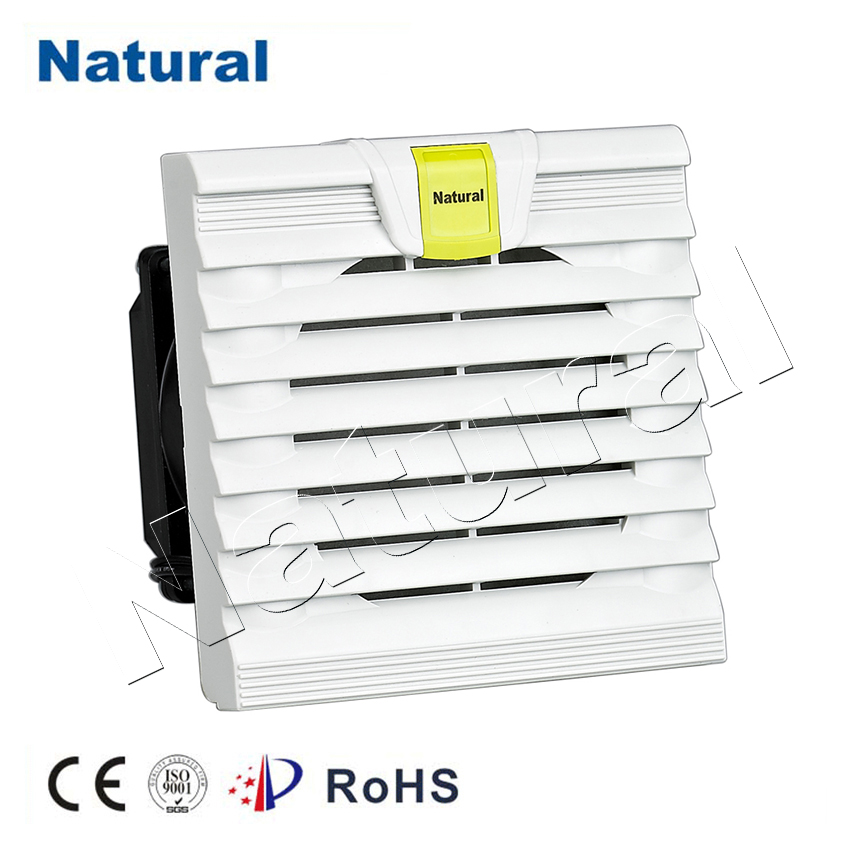In today’s fast-paced world, where electronic devices and machinery are integral to nearly every industry, maintaining optimal operating conditions is crucial. One of the most important aspects of ensuring the longevity and efficiency of these systems is effective cooling. This is where cabinet fans and filter fans come into play, offering essential solutions for heat management and equipment protection. In this article, we will explore the differences between these two types of fans, their uses, and why they are indispensable for protecting sensitive electronics and machinery.

What is a Cabinet Fan?

A cabinet fan is a mechanical device designed to circulate air within an enclosed space, such as a server rack, control cabinet, or industrial equipment housing. These fans help regulate the internal temperature of the enclosure by drawing cool air from outside and pushing warm air out. The primary goal of a cabinet fan is to prevent overheating, which could lead to system failure or reduced efficiency. These fans are typically installed in environments where heat generation is a concern, such as server rooms, electrical panels, or industrial equipment cabinets. A cabinet fan works by creating airflow that moves heat away from components like processors, circuit boards, and power supplies. This helps ensure that the equipment stays within safe operating temperatures, preventing costly damage or downtime.
